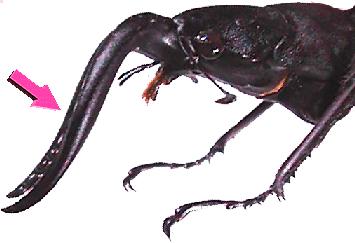
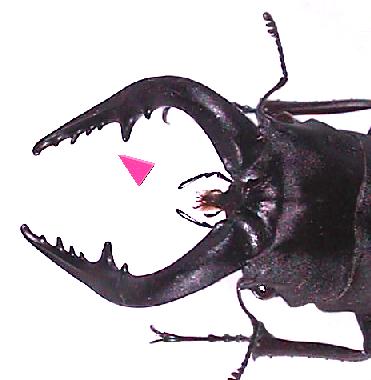
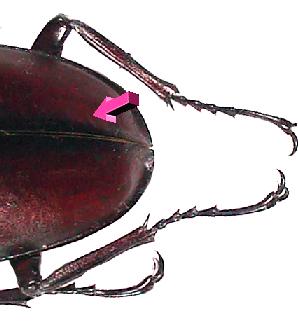
 |
 |
 |
| I like the curves | of their nice mandibles! | The body is reddish. |
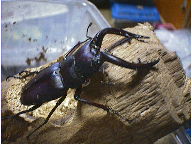 |
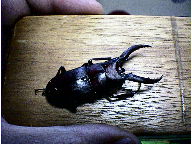 |
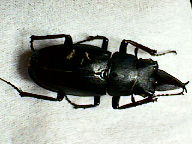 |
| Large teeth type | Middle teeth type | Small teeth type |
 |
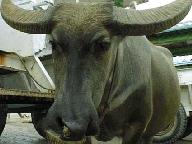 |
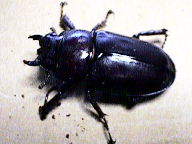 |
| This is a saw. | This is a water buffalo. | This is a female. |
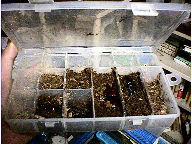 |
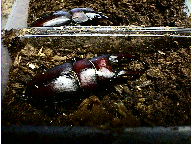 |
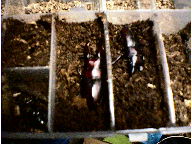 |
| Many in hibernation, in a compact way. | Don't bother them just to tire them out. | Still, some may die. |
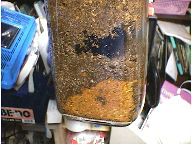 |
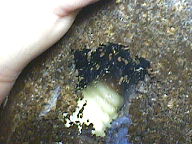 |
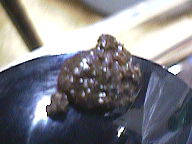 |
| Yellowish areas | Very wet inside | Excreta are loose |
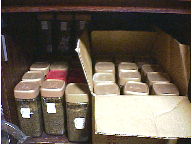 |
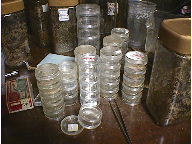 |
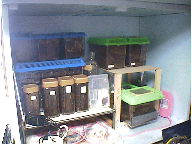 |
| 100g bottles with no airholes. | Hatchlings in pill cases, for a short time. | Group of bottles in greenhouse (in the blue container on the left, too) |
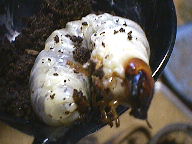 |
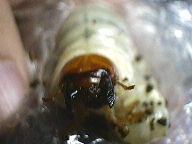 |
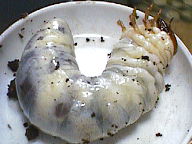 |
| Giant Nokogiri larva raised in a greenhouse | Face is darkish | Achieved 16g by steady growth |
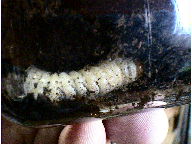 |
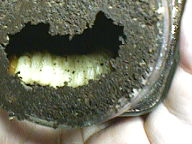 |
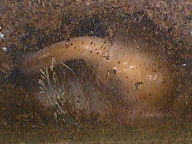 |
| Prepupa | This one was right under the lid. | Couldn't get any good pictures of a male pupa. |
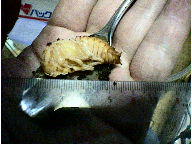 |
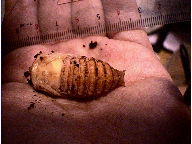 |
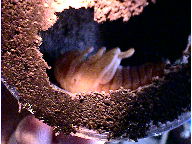 |
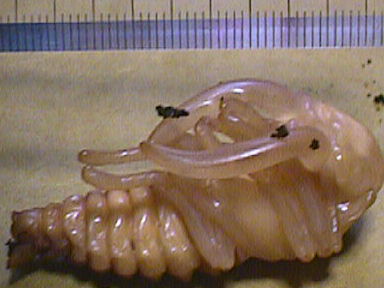
| 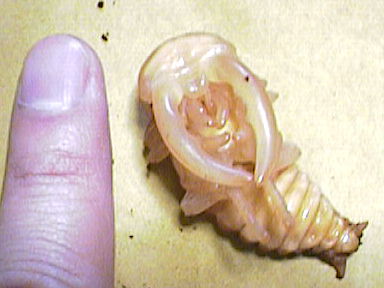 |
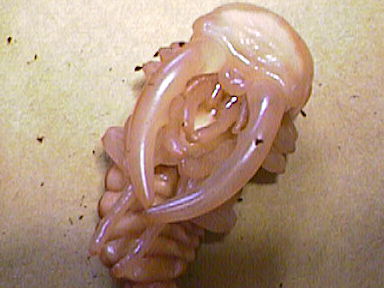 |
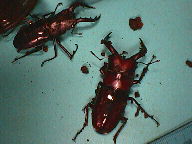 |
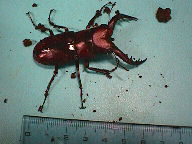 |
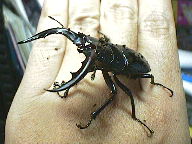 |
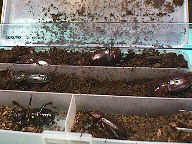 |
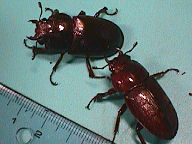 |
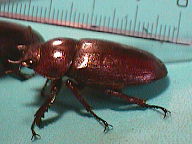 |